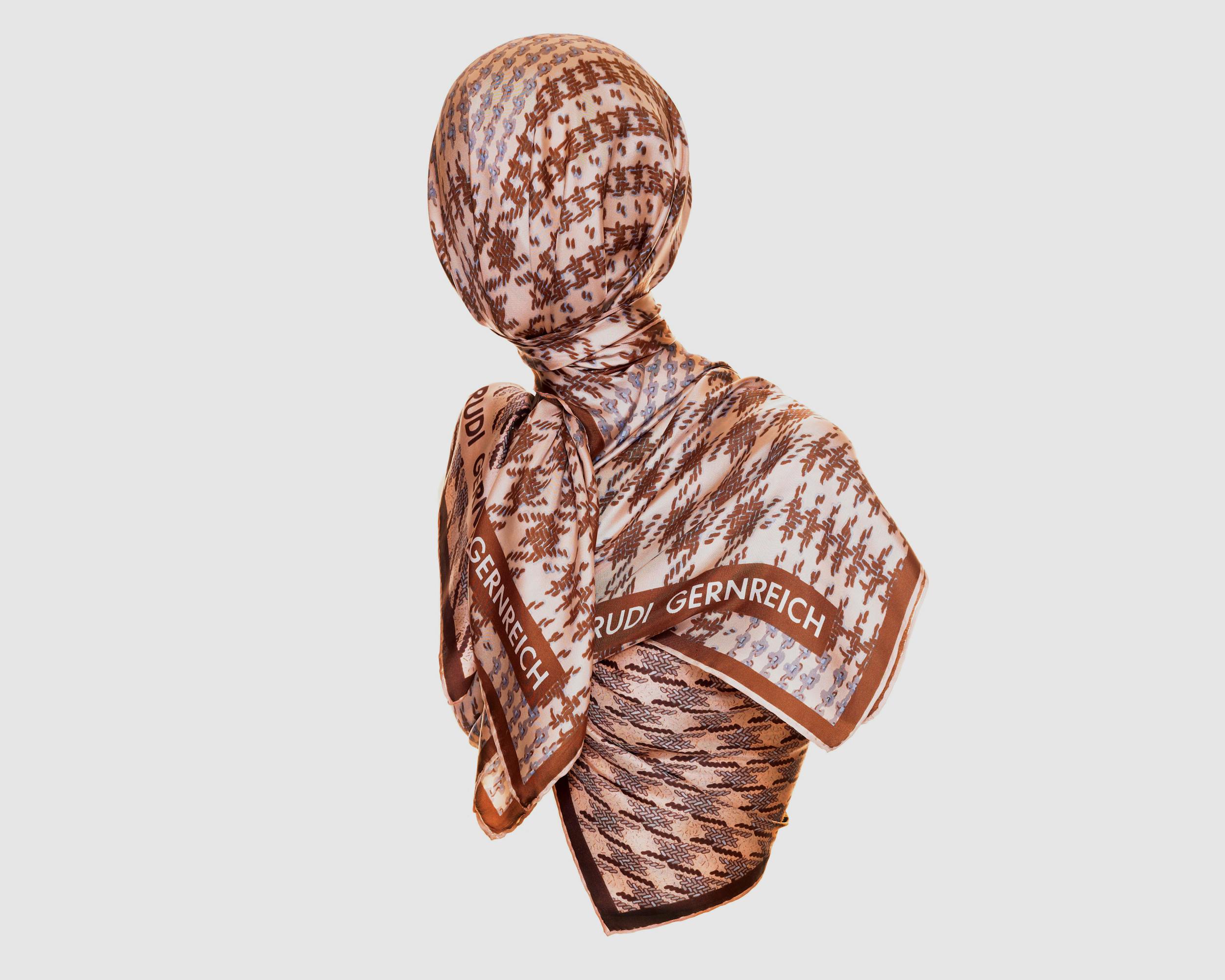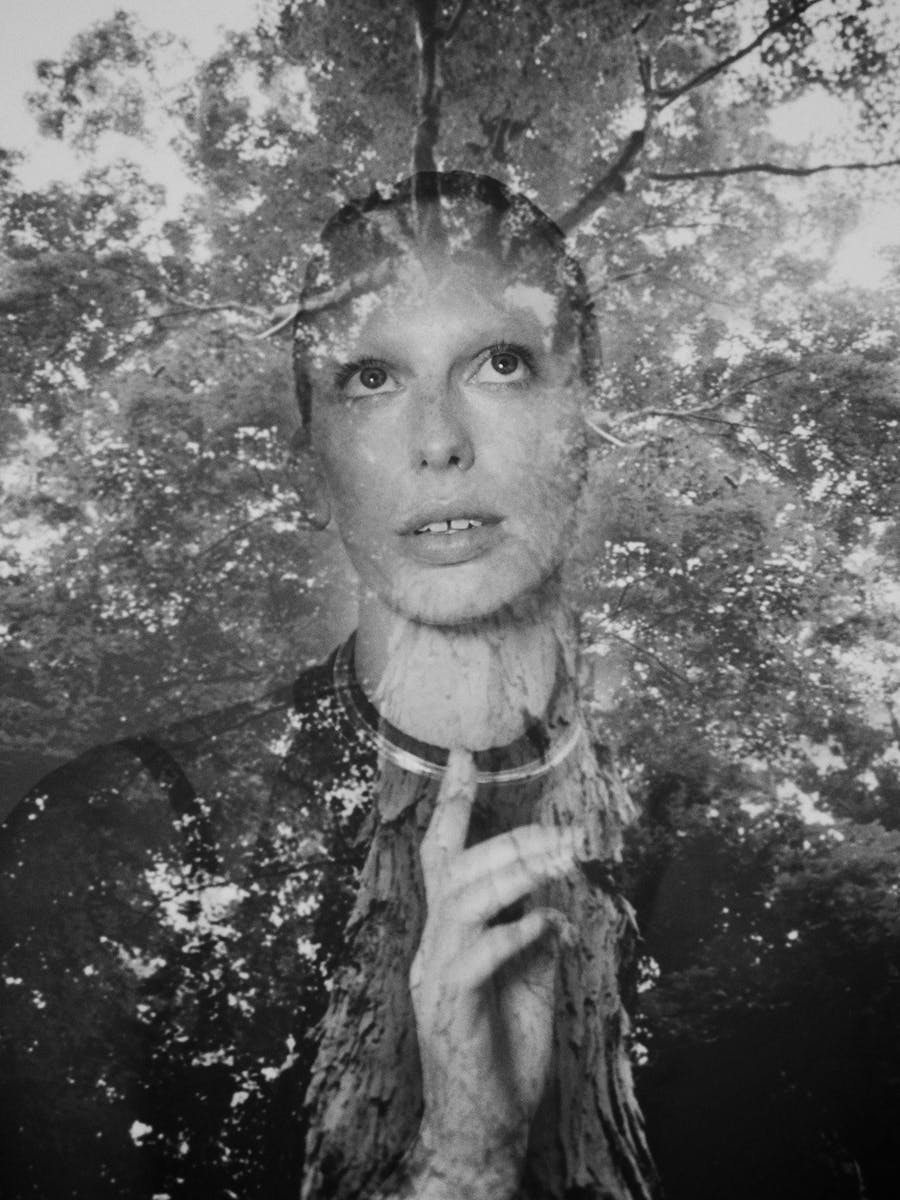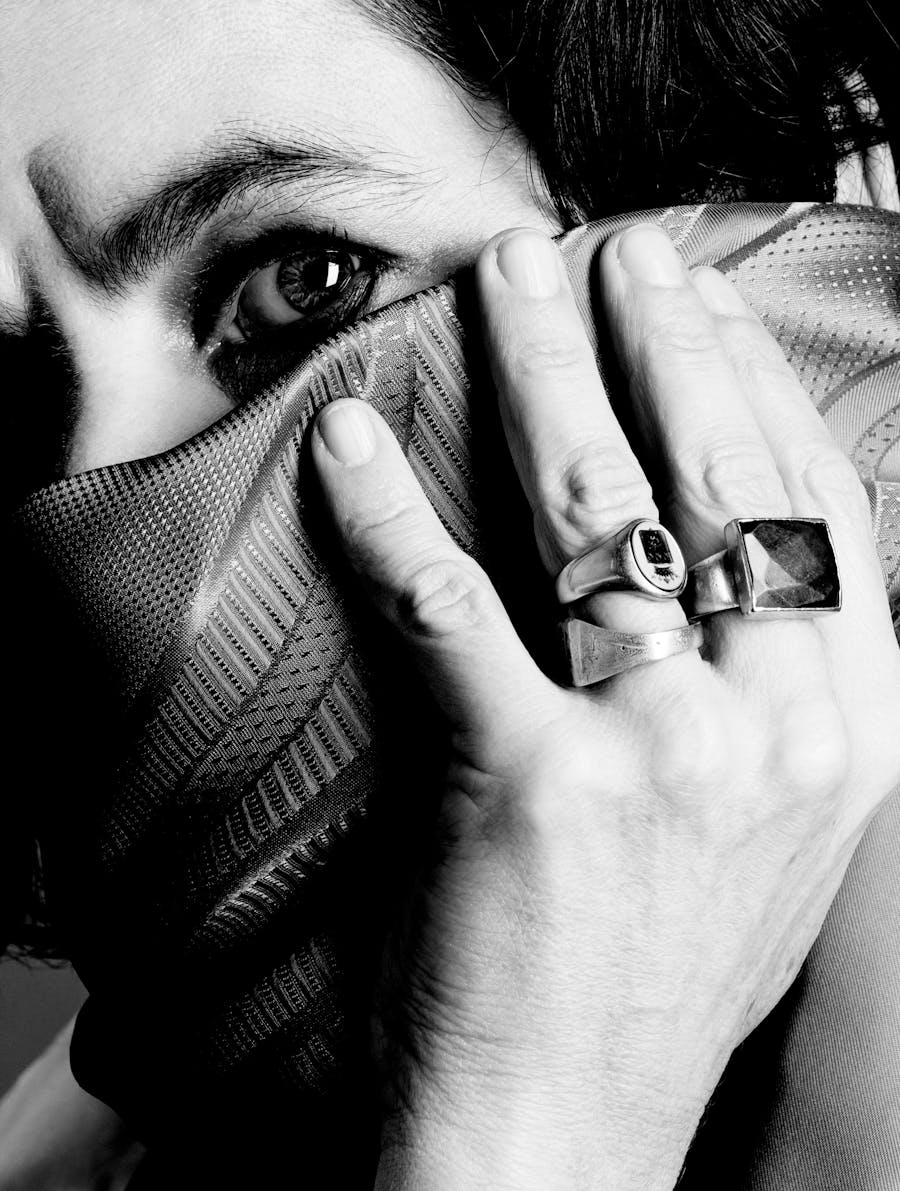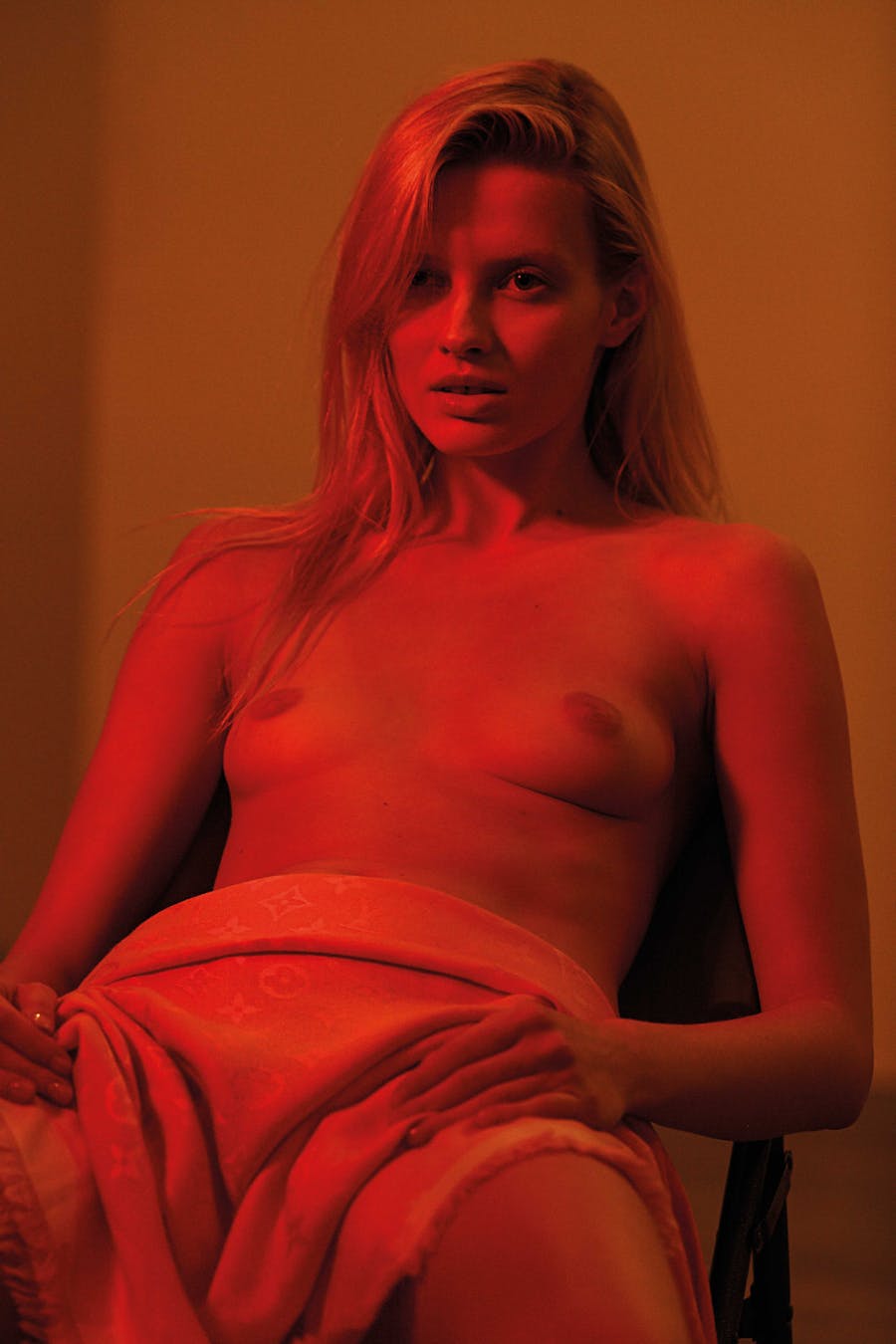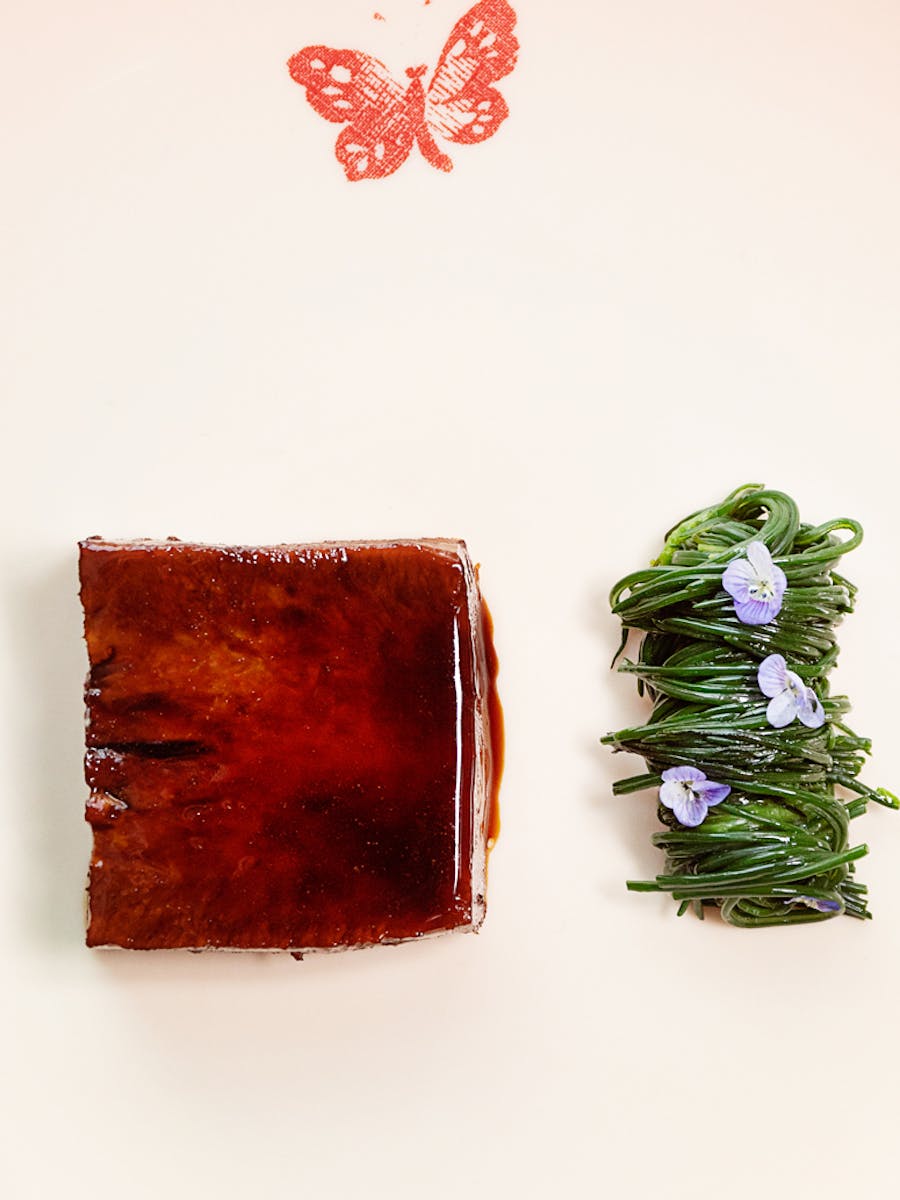Paul Graves and Frank Wilde are greedy aesthetes. They crave rare and remarkable things. These things may be difficult to describe, but they know them when they see them. And so they search, ever-vigilant for that certain something that will feed their need. This hunting and gathering instinct seems so basic to their makeup, so automatic and primal, that I like to imagine them as their prehistoric ancestors, roaming the savanna for the perfect catch. Paul is barechested and holding a spear of his own design. Frank wears a leopard pelt, off the shoulder with a slit up the leg. Both are talking at once, arguing about the best way to prepare saber-toothed tiger.
One cannot easily guess a greedy aesthete’s prey. Would anyone have suspected that civil servants Herbert and Dorothy Vogel would amass one of most important conceptual art collections in the world? Or that Mapplethorpe’s mentor Sam Wagstaff would shift from contemporary photography to 19th Century American silver? No. While curators and auction houses may spin clever post-hoc accounts, the fact is that the collector is a peculiar animal who can only be described, and not explained.
And so it is with the curious pair of Graves and Wilde. Charming and contrary, cosmopolitan and edgy, inexaustible and exhausting, the two have made careers out of aggressive creative choices, Wilde as a stylist for film and print, and Graves in performance art, music video direction, fashion design and photography. Their reputations are built upon shocking, seducing, or otherwise beguiling the viewer. Given these backgrounds, it may surprise the reader to learn that the two have spent the past fifteen or so years amassing a collection of silk scarves. Luxury silk scarves. Like the ones an elderly lady might use to dress up a suit, or with which a 50s starlet might windproof a delicate bouffant. While I don’t mean to besmirch the luxury silk scarf, it seems a mysterious fixation for two trouble-makers. With the exception of Isadora Duncan’s tragic end, silk scarves are seldom associated with any sort of danger or edge.
But naturally the collection in question contains no ordinary scarves. These are the creations of 20th century fashion pioneer Rudi Gernreich. Famous for his «monokini» and futuristic aesthetic, the scarves were a central component of his collections. He wanted to create a «total look» for buyers, such that they could dress from head to toe in his designs, completely ensconced in his vision. Indeed each scarf conveys the conceptual meat of a given period, whether through the insignia of his notorious military collection or with the brilliantly colored polka dots of his more iconic clown-inspired work. Nevertheless, the scarves have long been neglected in the history and photography of Gernreich’s work. The Rudi Gernreich story tends to focus on his prior career as a dancer and his consequent genius for framing the body through radically new cuts and shapes. But Gernreich also had a prior career as a fabric designer, and its influence emerges exquisitely in the arresting, strongly graphic and brilliantly colored squares of silk. These were not a last minute add-on accessory but individual works of art, finished off with boldface print of Gernreich’s name in the corner of each one.
And so it shouldn’t come as a surprise that these creations whetted the appetites of Paul Graves and Frank Wilde. Once they spotted their first prey in the corner of a shop in lower Manhattan, the hunt began. They gradually acquired the exhaustive collection via online auctions, fellow collectors, and vintage stores around the world. This heated pursuit has now culminated in a series of photos in which the two friends document their collection. In the hands and lens of Wilde and Graves, the scarves taking shape as living prey. Funny and uncanny, they look a bit like a Fifth Avenue trick-or-treater or a Hentai fetishist of the most sophisticated variety. Through them we see both Gernreich’s brilliance and compulsive obsession of the collectors. I asked Graves and Wilde if either would wear such an object. Both say yes, on a chilly day, wrapped around his throat. The hunter captured by the game.
Cade McCall
Paul Graves
Max Planck
Cade McCall
Paul Graves
Max Planck
